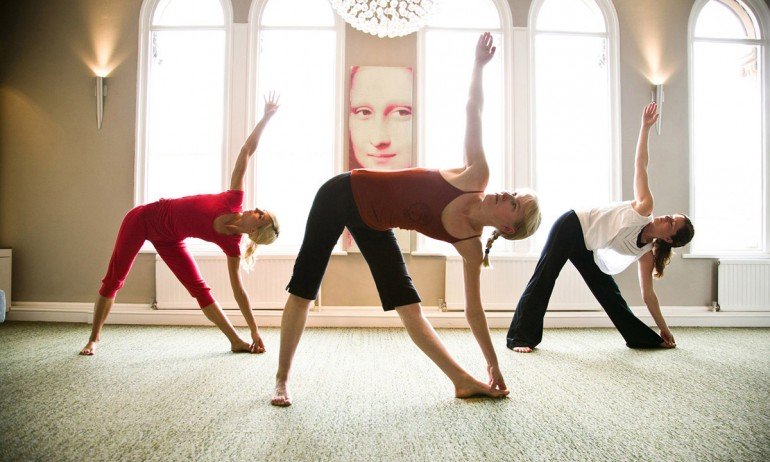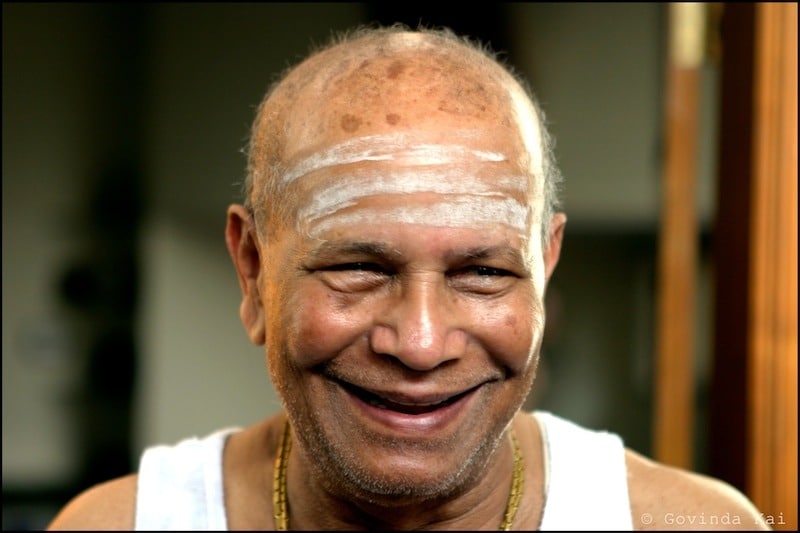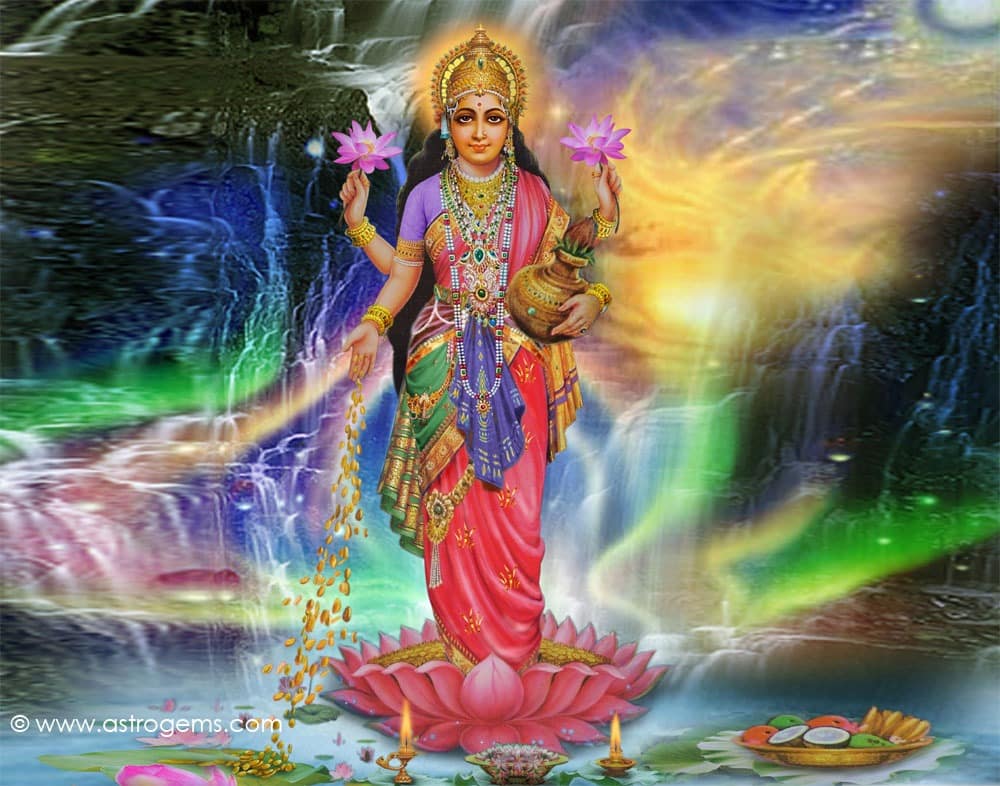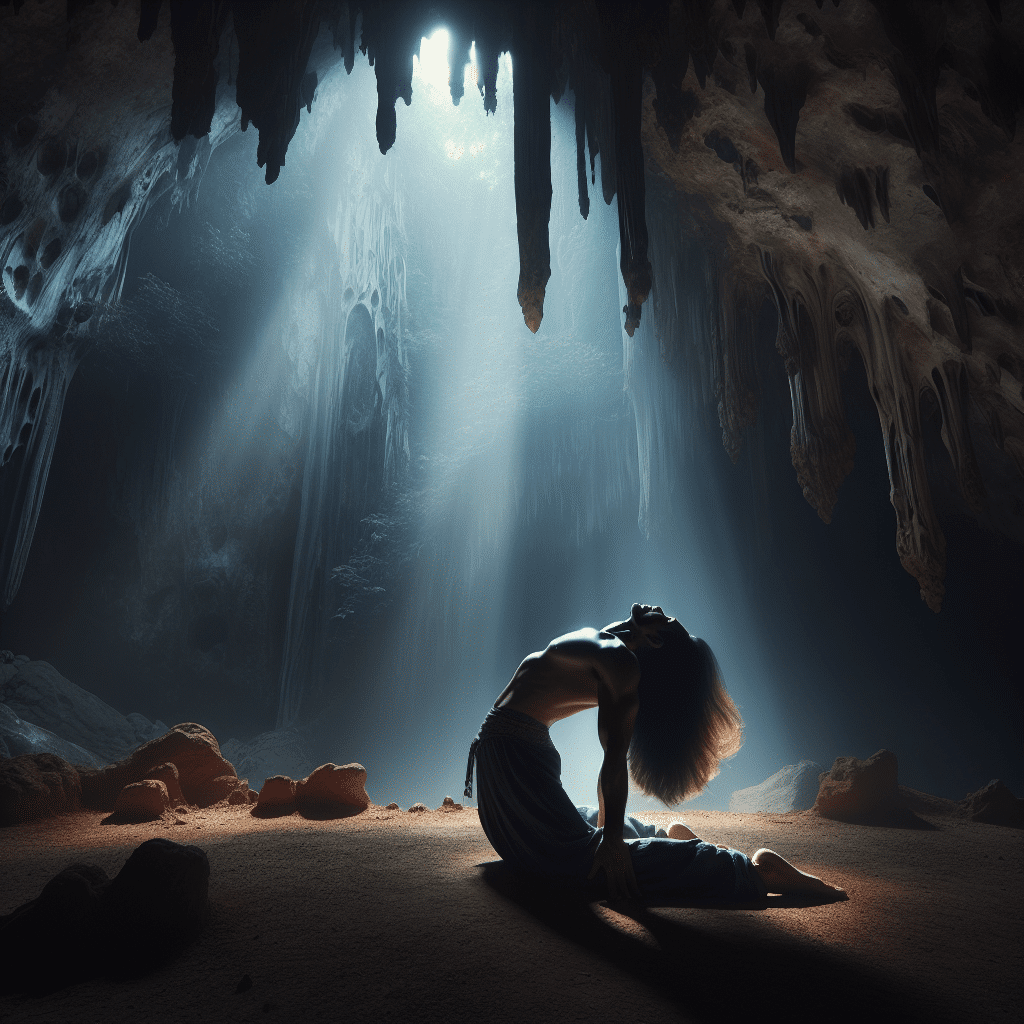5 Reasons I Don’t Practice Ashtanga Everyday
I still practice Ashtanga. Just not every day. I practiced every day while I was in India up until 3 months ago and when I began to travel. However, I stopped practicing every day and have gone back to a more diverse practice of general Hatha poses. But there are some major reasons why I … Read more








